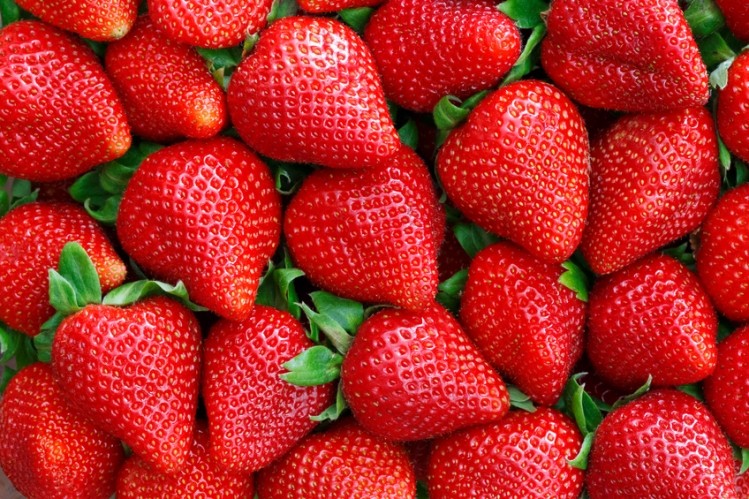Healthier, tastier and safe – but will consumers accept microwave drying?

Non-thermal technologies such as microwave drying represent a novel set of tools for food processing that are being explored on a global scale.
These processing technologies are becoming more important to organic food production. They effectively preserve the organic qualities of foods and offer additional benefits in terms of nutrient content and sensory properties, according to Dr. Daniele Asioli, lecturer in consumer studies at Reading University and lead author of the report.
“Microwave drying is a non-thermal technology that compared to the conventional air drying technology has a reduced impact on nutritional content – largely retaining of natural nutritional qualities – and better sensory characteristics (i.e. natural sensory qualities) of the treated food products,” he told FoodNavigator.
Air-drying the preferred technique
Despite these benefits, in a study published in Food Research Journal, researchers discovered organic consumers across three European countries – Norway, Romania and Turkey – expressed a preference for air-drying techniques.
Data from a total of 614 consumers was collected through an online choice experiment. The researchers focused on organic consumers because more is known about conventional food products and consumer’ choice for non-thermal food technology. “For organic food there is a lack of research although the organic food market is growing driven by the more complex and segmented consumers’ preferences,” Dr. Asioli explained.
The results show that on average consumers prefer organic dried strawberries produced with air drying technology that have national origin, with natural nutrient content and are delivered at low price.
Production process was found to be the most important driver of purchase intent, Dr. Asioli noted. “In our specific experimental design and context, we found that production process was the most important attribute in driving consumers’ choices for organic dried strawberries followed by origin, nutrient content and price.”
The research also uncovered some important differences between both country and individual preferences.
Consumers who showed least rejection for microwave dried products are young, mostly from Norway and have higher positive attitudes towards new food technologies. Consumers who were most likely to reject microwave dried products are older, mostly from Turkey and have higher positive attitudes towards organic, natural and ecological products.
How to grow acceptance?
In order to foster consumer acceptance of microwave drying technology, the researchers suggested that both food makers and regulators have an important role to play.
“First, it is very important to identify specific consumer segments that might have different preferences for microwaved organic dried strawberries. This will help to better target marketing strategies. For example, it appears that an initial focus towards younger consumers as early adopters, in particular in Norway, would help the launch of microwaved products before extending to other consumer segments,” Dr. Asioli suggested.
“Second, to increase consumer acceptance of microwaved products, it is very important to inform consumers about the process and benefits of microwave drying as well as its characteristics (i.e. non-thermal and organic) with a particular focus on the food safety of the treated products.
“Finally, the benefits and the process of microwave drying should be communicated by the industry and/or by independent scientist or consumer organizations to increase consumer trust.”
In order to build consumer trust, the authors believe labelling regulations should be developed to ensure consumers are “correctly informed” about the new technology. Policy makers also need to “define and regulate more clearly” microwave drying as a new technology compatible with organic production.
Dr Asioli said that proponents of this new processing method should learn from consumer responses to GMOs or irradiation food technology. “When a new technology is used one of the main concerns – if not the main – is that consumers might get scared of the treated products,” he said. “They are demanding: is this new food technology safer? … Food [companies] that plan to use microwave drying should in some way [communicate] that this technology is safe. Think about the term “microwave” – it may scare consumers.”
Source: Food Research Journal
Published online ahead of print: 19 November 2018
‘Microwave-dried or air-dried? Consumers' stated preferences and attitudes for organic dried strawberries. A multi-country investigation in Europe’
DOI: https://doi.org/10.1016/j.foodres.2018.11.037
Authors: D Asioli, C Rocha, R Wongprawmas, M Popa, F Gogus, VL Almli















